Add some products now.
Shop Earthly Body®/Blog/The Ultimate Guide to CBD in 2021: Past, Present, and Future
Date: April 26, 2021
Cannabidiol (CBD) is a plant derivative of the Cannabis sativa family, which is most famously associated with marijuana or, to be more specific, its psychoactive nature. CBD, on the other hand, only has trace amounts of delta-9 tetrahydrocannabinol, (THC) the problem ingredient prevalent in marijuana.
While the distinction may be clear now, that wasn’t always the case. It took people and the government many years to acknowledge that CBD doesn’t cause a high and is non-psychoactive in nature.
Let’s go all the way back to a pre-CBD era when cannabis was indiscriminately used for many purposes and work our way up to when the first CBD was isolated and the effect it had on US policies regarding hemp production.
The cultivation and use of hemp dates as far back 10,000 BC, making it one of the oldest crops in the world.
Moreover, in 6000 BC, around the same parts, the plant was also used as a food ingredient. However, if we fast forward two thousand years, we will also find the plant’s use to produce textiles, especially clothing for the deceased, or mourning attire for funerals in China and Turkistan.
2,737 BC was a landmark year for hemp when Emperor Shen Neng consumed it for treatment of malaria, gout, rheumatism, and memory loss. However, due to the lack of modern research in those times, there is no evidence to suggest whether it had anything other than placebo effects on the emperor’s health.
The crop then displayed its adaptability in the production of paper.
The first Eurasian evidence of its use was discovered in the form of cloth around parts of ancient Scythia and dates as far back as 1500 BC. However, it won’t be until 100 AD that it would make its debut, in the shape of rope, in what is now called England.
The following 1500 years will see an increase in the import and cultivation of cannabis around Europe, Africa, South Asia, and the Middle East, with some even penalizing farmers for not growing it.
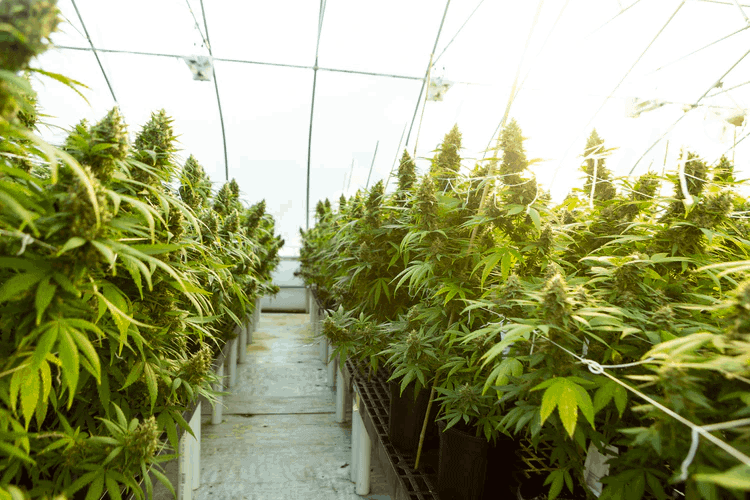
Somewhere between 1606 and 1632, British colonizers sowed the first cannabis seeds for hemp in parts of Port Royal, Jamestown, and Virginia. By the 1800s, it was being grown in earnest across all North American states without regulation.
This brings us to 1840, thousands of years after the Chinese emperor used it for medicinal purposes, it was incorporated into American medicines. Many of them were over-the-counter and sold in general stores across the United States, despite a considerable lack of research on benefits and side effects.
During the 1800s, cannabis had reached unprecedented heights. It appeared as if it was a fix-all elixir, but what goes up has to come down at some point.
So did cannabis.
In the 1900s, the Mexican Revolution brought in a large number of immigrants to the United States who introduced Americans to a different side of cannabis: a mind-altering drug.
And so, on that fateful day in 1914, the Harrison Narcotics Tax Act was passed, which prohibited the non-medical and recreational use of opium and morphine, and made it an offense punishable by law.
Thus, began the United States’ ‘War on Drugs.’
What started with a partial ban on cannabis use in California did not end there. In fact, the ban may havefanned the flames of an already bad situation by piquing people’s curiosity about this new, mysterious side to the crop they all knew as a medicinal ingredient.
In 1937, a year after Reefer Madness, a rather hysterical movie warning people about the harmful effects of cannabis, came out,The Marijuana Tax Act was passed, which was an all-inclusive ban on all cannabis compounds, be it marijuana or hemp. The bill also caused a ripple because it did not just criminalize recreational but also medicinal use.
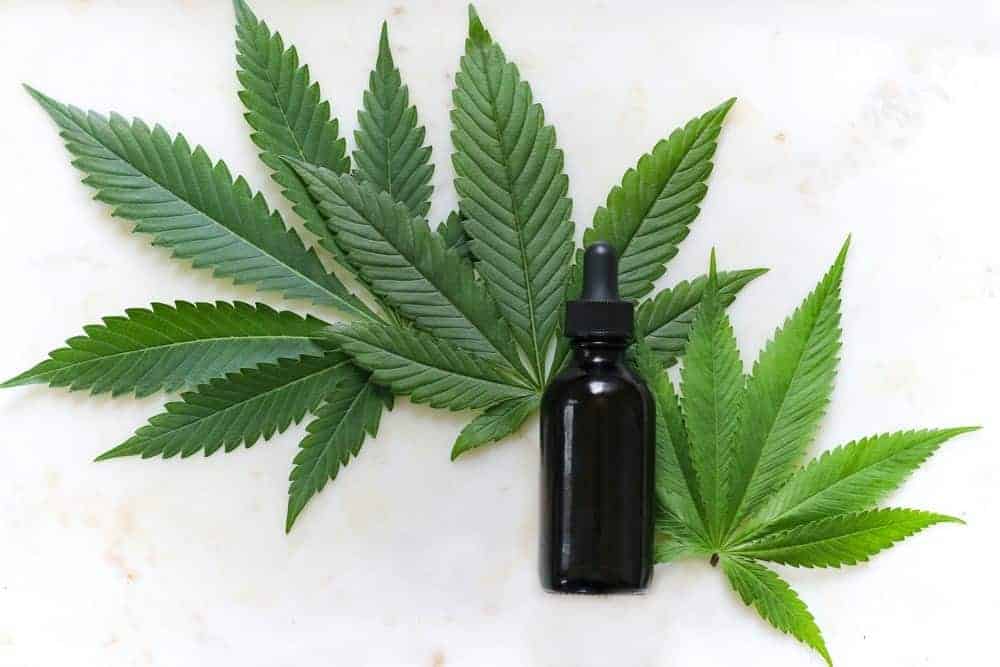
In 1941, Ford Motor Company suffered a major blow when their efforts to create a vehicle made entirely of hemp, running solely on hemp, were found to be in vain. Cannabis was officially out of America’s good books. Everything from its cultivation to its use to create paper, rope, and other essential and nonessential products was banned, and it was ejected from the US Pharmacopoeia.
It appeared as though the government was finally catching up to the fact that there remained no good reason to rank the plant, which as compared to other medicinal drugs that actually had proven benefits, seemed to be a product of folklore; it was simply not worth its newfound side-effects.
Hemp was an indispensable war material during World War II. It was used to make rope, cloth, and other products to help in the war efforts, and the US and Canada took to importing it from the Philippines right up until Pearl Harbor.
Following the attack, the countries’ supply line was disrupted, but that did not mean the need for it just went away. So, as a desperate measure, the restrictions were lifted and yet another propaganda film was released: Hemp for Victory. This time, the film in question was pro-cannabis, and it sought to restore the general public’s trust in the crop, so they would produce it to assist in the war effort.
It worked. Millions of acres of hemp were sown and reaped across the country right up until 2nd September 1945. When the war ended, so did the temporary lift in restrictions.
Any affiliation to the movie was revoked, and it appeared as though the last three years were an alternate reality and the only self-aware people were the farmers who had toiled away in the fields to grow that very cannabis.
Despite the fact that CBD had, by that time, been successfully isolated and made distinct from other cannabinoids, The Controlled Substances Act was allowed to pass, which further demonized cannabis by putting it in league with dangerous substances like Cocaine and Heroin.
It seems as if the scientific community was being verily disregarded in favor of politics, resistance to immigration, and the new culture it brought to the United States.
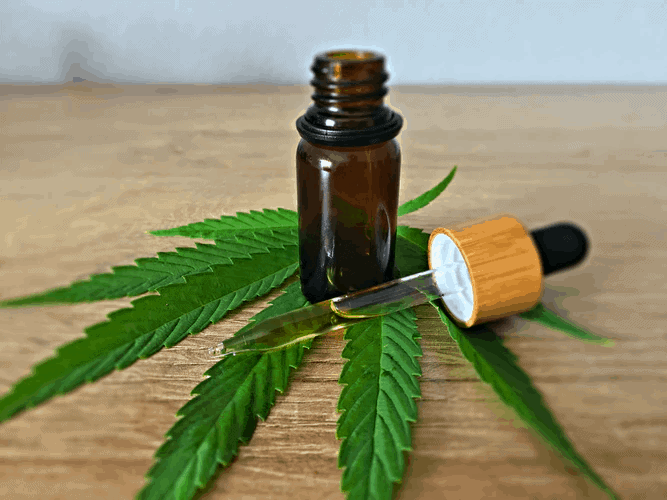
Around this time, many companies started to use hemp in their formulas by importing it from overseas to make up for the domestic demand. It was a difficult process, not to mention borderline criminal, but the risks appeared worth the struggle because public opinion, it seemed, had yet again skewed in the crop’s favor.
Several personal care and beauty products were born as a result of this; the cosmetic industry was having a moment, and the ball was well in the government’s court.
Research was significantly delayed by the prohibitions and bans that Cannabis faced left and right. However, in 2014, Barack Obama signed The Agricultural Act, which only allowed the production of hemp for research and development.
While this did not mean a complete restoration in cannabis cultivation for commercial purposes, it did allow some to hope that the research to follow would deliver a verdict in its favor and lead to better regulation of the plant’s production.
In 2015, Hemp Farming Act was proposed in the House and Senate, which asked for removal of hemp from the controlled substances list, and permission to be cultivated and processed commercially across the United States.
Finally, in 2018, the bill was passed, and states were allowed to cultivate and produce hemp and hemp products with no more than 0.3% THC for recreational use, the compound that contributes to the psychoactive nature of marijuana.
As of 2019, over 14% of Americans used hemp-based products, 18 to 29-year-olds accounting for 20% of that number, but is it really as easy to produce and sell as it is to use?
No, because it turns out that laws in favor of CBD by no means made up for the lack of research in the substance. However, they did put it in the spotlight.
State legislators have worked day and night to put regulations in place on the THC content when it comes to industrial products, both domestic and international. This move has proven beneficial in stopping the import of unregulated CBD products high in heavy metal and THC content.
As a result, the number of people afflicted by CBD-related side effects have gone down dramatically, and hemp seems well on its way back to the glory days.
While the Food and Drug Administration (FDA) has never tried to purposely close down the CBD market, it has put several restrictions on it by telling companies not to make unfounded and unresearched claims and instead, focus on making the products that they put out as safe and free from long and short-term side effects as possible.
No one wants to take responsibility for relaxing these regulations surround CBD because one case is all it will take to undo all the work and the cycle to start all over again.
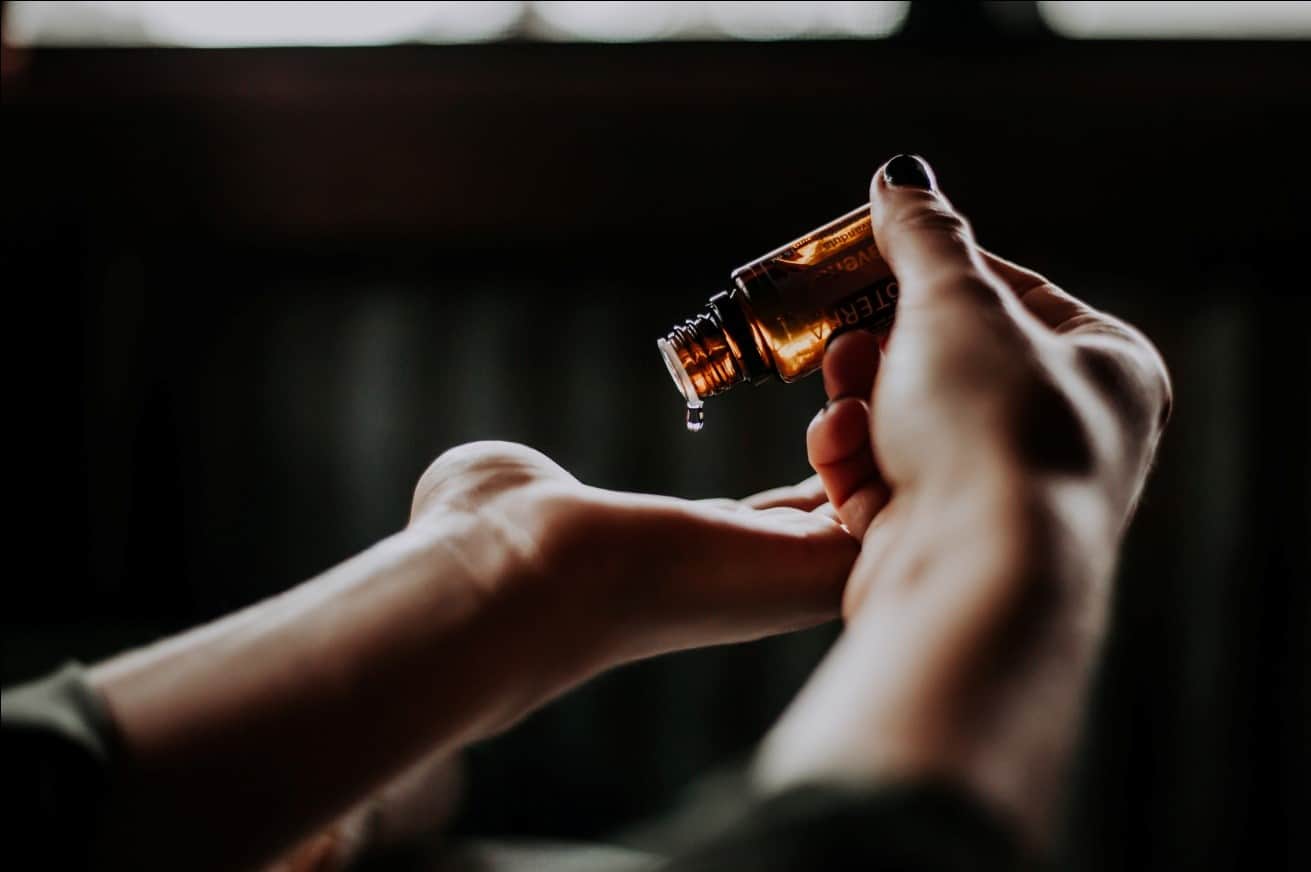
Currently, there remains a decided lack of research in hemp, all thanks to the ill-timed prohibition laws against it. The order may have been restored, but it seems only yesterday that research was allowed to start on the crop. It is still at the stage where one study almost always conflicts with or is challenged by another.
Unless something conclusive comes from the field of science, hemp remains a point of friction between legislators and CBD product manufacturers.
Be that as it may, the industry has only grown since it was legalized and is expected to be worth $16 billion by 2025. Hopefully, these numbers would go up as more data in its favor comes out. At present, not even the pandemic has been able to slow its steady rise.
Meanwhile, CBD has found a place for itself in topical cosmetic use. Thus far, what research has failed to do, word of mouth has managed to achieve quite effectively.
CBD Body care products like creams, serums, and sprays shampoos and conditioners have held their own against the more established brands that use chemicals to manufacture the same products.
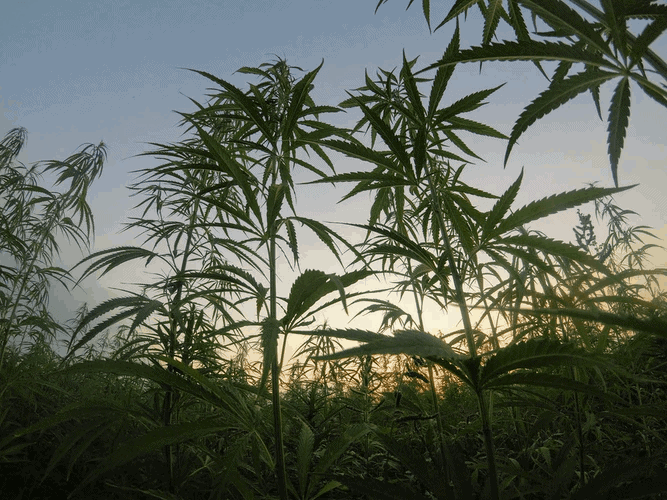
With all the conflicting information available on CBD, it has become a challenging task to find a manufacturer who you can absolutely trust to have your best interests at heart, but that does not mean you can’t give it a try. The trick is to choose a brand like CBD Daily—a line of CBD products manufactured by Earthly Body (a trusted personal care producer since 1996)—every product of which is tested and verified by a third party.
Our inventory boasts some of the most highly sought-after CBD serums, creams, shampoos, and conditioners currently available in the market.
The sustainable packaging and well-balanced formulas present in our products have a soothing effect on the body, mind, and environment.
Buy our CBD body and hair care products online or from a store near you.